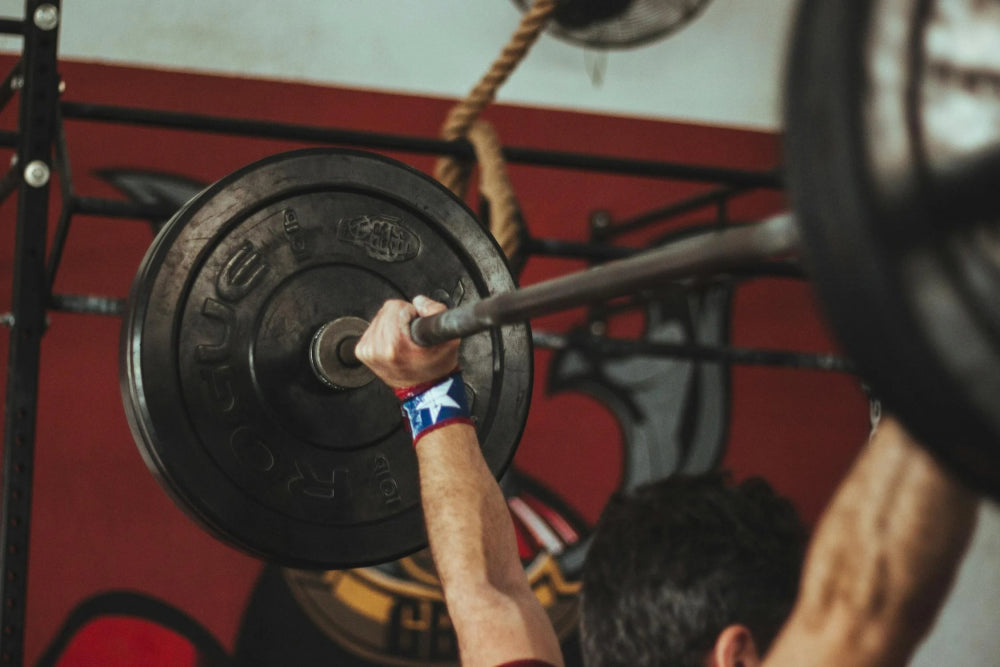Ever found yourself stuck in a gnarly armbar and wondered, "How the heck do I get out of this?"
Want to learn some slick moves that'll have your opponent’s tapping faster than you can say "Oss"?
Curious about how to stay injury-free and keep rolling like a boss?
If you're nodding along enthusiastically, you're in the right place.
We’re about to reveal our top favorite Jiu-Jitsu tips that are sure to win you games:
Jiu-Jitsu Tips For Beginners
Here are the best Jiu Jitsu tips every beginner should be aware of:
1. Master The Fundamentals
"Master the fundamentals" is the cornerstone of jiu-jitsu.
It involves learning the basic techniques, positions, and movements thoroughly. This includes understanding how to stand, move, and control your opponent effectively.
By mastering the fundamentals, you develop a strong foundation upon which you can build more advanced skills and strategies.
It's like learning the ABCs before reading complex novels; progress can be limited without a solid grasp of the basics.
2. Strengthen Your Grips

Grips refer to how you hold onto your opponent's gi (uniform) or body.
Strengthening your grips is essential for success in jiu-jitsu, and Gripzilla offers top-notch tools like hand grippers, tornados, and dynamos to help you achieve unmatched grip strength.
Incorporating these tools into your training alongside exercises targeting your hands, wrists, and forearms will elevate your grappling game to new heights.
Strong grips not only enhance your offensive capabilities but also aid in defending against opponents' attacks.
3. Establish Your Initial Grips
Establishing your initial grips is a strategic move in jiu-jitsu that sets the tone for the rest of the match. Before engaging with your opponent, you aim to secure grips on their gi.
This could involve grabbing their sleeve, collar, or pant leg, depending on your game plan.
By establishing your grips early, you gain control over your opponent's movement and create opportunities for offensive or defensive maneuvers.
It's akin to securing a firm handshake at the beginning of a conversation—it establishes dominance and sets the stage for interaction.
4. Use The Opponent’s Gi To Choke Them
Using the opponent’s gi to choke them is a fundamental technique in jiu-jitsu known as gi chokes.
The gi provides additional leverage and control, allowing you to apply choking techniques more effectively.
By manipulating your opponent's gi, such as their collar or lapel, you can create tension and restrict their airflow, leading to a submission.
Gi chokes are versatile and can be executed from various positions, including the guard, mount, or back control.
Mastering gi chokes is one of the jiu-jitsu tips that add another dimension to your grappling arsenal, increasing your submission options and strategic capabilities.
5. Tap and learn

Tap and learn emphasizes the importance of recognizing when you're caught in a submission and tapping out to prevent injury.
Tapping out is not a sign of weakness but rather a means of learning and improving.
By tapping, you acknowledge your opponent's skill and gain insight into your vulnerabilities. It allows you to analyze what went wrong and how to defend against similar attacks in the future.
In jiu-jitsu, learning from mistakes is integral to progress, and tapping out serves as a valuable learning tool.
6. Learn the Survival Mode
The survival mode is all about developing the ability to defend yourself effectively when in a disadvantageous position.
In jiu-jitsu, you won't always be in control, and learning how to survive under pressure is essential. This involves understanding defensive techniques, such as framing, bridging, and shrimping, to create space and alleviate pressure.
Survival mode teaches resilience, patience, and problem-solving skills, allowing you to weather the storm and potentially turn the tide in your favor.
It's about staying calm, composed, and focused even when facing adversity on the mats.
7. Perform BJJ Exercises

These exercises are designed to improve your strength, endurance, flexibility, and mobility, all of which are vital for success in jiu-jitsu.
Jiu Jitsu strength exercises may include drills like shrimping, technical stand-ups, guard retention drills, and positional sparring.
By dedicating time to these exercises, you enhance your physical attributes and develop muscle memory for jiu-jitsu movements, ultimately translating into better performance on the mats.
These exercises complement your technical training, helping you become a well-rounded grappler capable of handling various challenges during matches and sparring sessions.
Final Recap
We've dished out some top-notch Jiu Jitsu tips to help you become a force to be reckoned with on the mats.
Whether you're aiming for gold at competitions or just looking to have a blast while getting fit, remember that Jiu Jitsu is all about growth, both on and off the mat.



